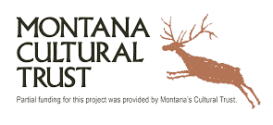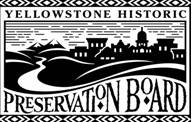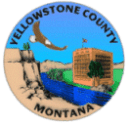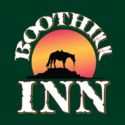The city of Billings shares the heritage of many urbanized western towns that grew up along newly laid railroad tracks. After the Northern Pacific Railroad built its transcontinental line through the Yellowstone Valley, the Minnesota and Montana Land Improvement Company platted the town site of Billings in March of 1882. The town flanked the railroad right-of-way, with Montana Avenue north of the tracks, and Minnesota Avenue to the south. Much of the Billings’ growth, including the railroad depot, major churches, Billings City Hall and Yellowstone County Courthouse, was north of the tracks. North 28th Street was renamed North Broadway and became the center for development in the early 1900s.
The history of Billings is tied to the railroad, not only for its namesake, Northern Pacific railroad president Frederick Billings, but also because the railroad spurred the settlement by homesteaders of what was considered by outsiders as an uninhabitable landscape. The “Magic City” quickly grew, “like mushrooms after a rain,” into a bustling commercial center. By 1900, the population of Billings had reached 3,221 and then tripled to over 10,000 in 1910. Entrepreneurs and land-seeking homesteaders flooded into the Yellowstone Valley. Billings, with connections to Chicago, Seattle, Denver, and Omaha, established itself as a regional railroad hub and distribution point for goods shipping into and out of the Yellowstone Valley.
Billings Historic Landmarks Interactive Map















